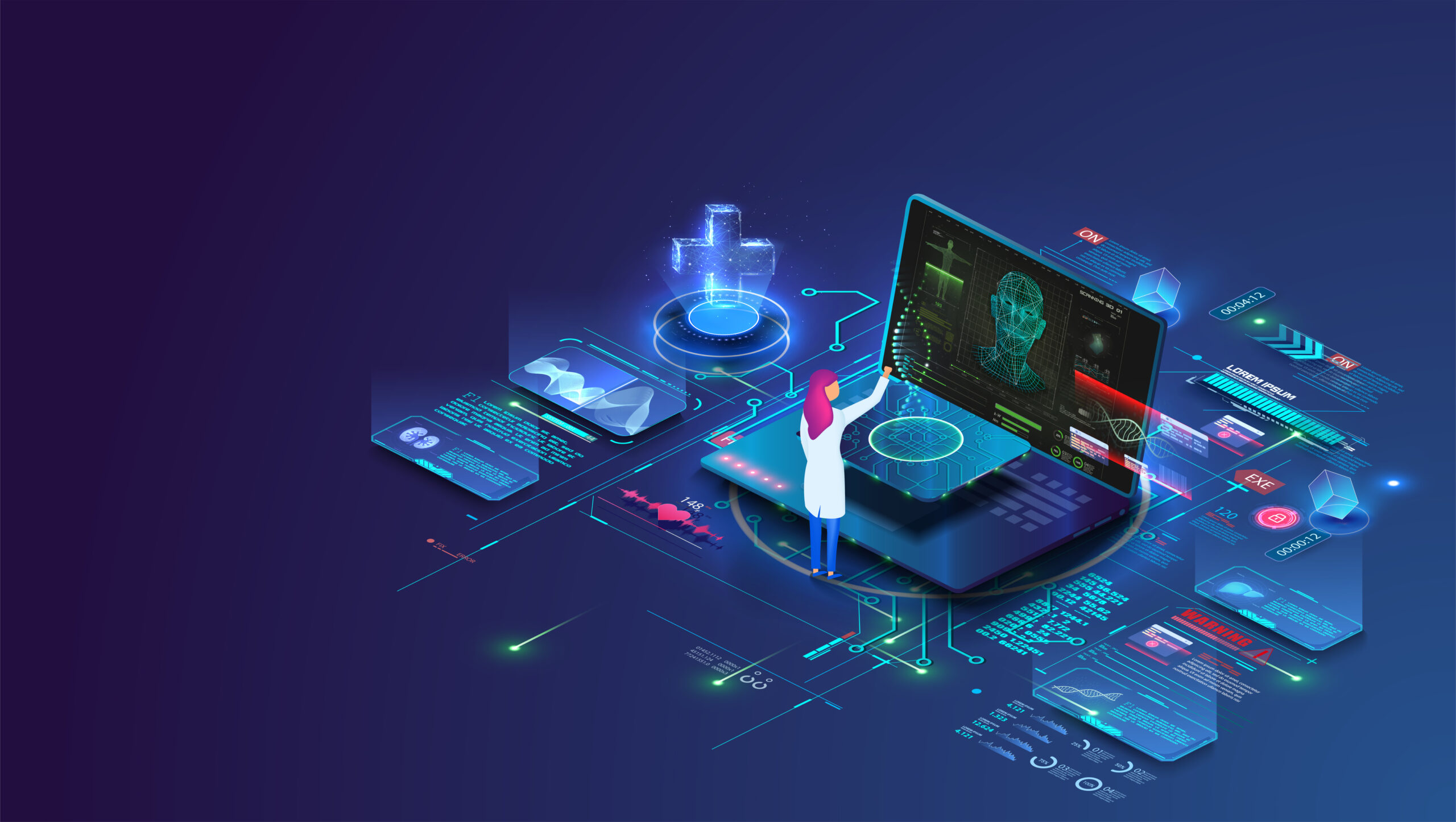EHR integration within the healthcare industry may seem straightforward, but the truth is far from it. No single solution exists to solve all of the problems that arise. Even as FHIR grows in adoption and healthcare advances towards greater API-based connectivity, healthcare must continue to exist in a hybrid world with FHIR, HL7, EDI, and flat files.
This drives complexity and requires a combination of healthcare and technology development expertise that is extremely difficult to find, even for sophisticated healthcare software companies. Let’s look a little closer at some key steps technologies providers and healthcare technology companies need to consider to execute successful EHR integration strategies.
Define Market Requirements for a Successful EHR Integration

To better prepare for a successful EHR integration, healthcare organizations must address three key factors: industry standards, functional integration, and use cases.
1. Satisfy the Industry Standards
Healthcare IT leaders have urged standardized methods of exchanging electronic health records for years.
Trends in the healthcare industry are consolidating many systems into one to provide a more comprehensive overview of patient information. However, interoperability takes sufficient time to be achieved and needs considerable preparation in addition to suitable software for EHR integration.
Healthcare businesses should prioritize conforming to industry standards, adopting a single, shared data model for all data organizations, and using a common language for all data structures.
2. Achieve Functional Integration
In addition to standards that enable the transmission of electronic health information, health systems must be prepared to tackle technological and administrative barriers to achieve real EHR integration.
The term functional integration refers to the process through which many separate pieces of software or systems function effectively together. It is a significant roadblock to EHR interoperability. It requires attention to stakeholder requirements and a comprehensive framework that accounts for all possible variables.
3. Develop Use Cases
A use case, known as an actor-user story, is an offshoot of the users story idea in which it describes how they interact with a system. It describes the interaction, outlines the situation and objectives, and illustrates the system’s response to each step.
The following are a few examples of information that EHR integration might make accessible and drive clinical action:
- A priority list of patients suspected of having pneumonia or sepsis.
- A list of patients needing social work services, sorted using information from healthcare providers and other sources.
- Patient medication history and information on effective drugs may aid in ensuring continued compliance.
All of these keys to success can be frustratingly difficult to complete doing it yourself with limited resources.
Define Your EHR Integration Requirements

Here is where your team should spend time drawing out their ideal EHR integration map. Which systems need to share what data and how? Which connections are one-way vs. two-way? If done right, this document should help you understand the functionality, data models, compatibility, and integration endpoints for every system in your data universe. This effort varies significantly
Establish Guidelines for Data Privacy and Protection
When accessing to EHRs and other health systems with sensitive information, you should communicate and ensure the implementation of data security throughout your plans.
Develop Detailed Technical and Project Plans

Create in-depth plans, both technically and project-wise, to facilitate the EHR integration across your systems. Throughout this process, consider which EHR systems are a priority in your market and the interoperability level of each.
Unfortunately, most EHR vendors built systems using their preferred languages and data models. They were scrambling to capture market share, not establish compatibility and exchange data. EHRs, however, are recognized to only work if the systems and technologies could talk and share data with each other.
But consider this. EPIC owns one-third of the U.S. EHR market. EPIC and Cerner together dominate 52 percent of the EHR market. Add in MEDITECH and three vendors control 74 percent of the EHR market.
Thinking through these requirements now helps you define the needed level of support and expertise to execute this now-detailed plan.
Create an EHR Integration Timeline

A well-defined EHR integration timeline provides incremental milestones for connecting with various systems in your health data universe.
Remember, these steps can become complex and take significant time or energy. Things like “draw your EHR integration map,” “develop your hybrid strategy,” and “develop detailed technical and project plans” take a lot of knowledge and effort. For a single, one-way data pass from an EHR to another system, the scope might be a straightforward project to write to the EHR’s existing APIs. It gets dizzying for broader integration across multiple technologies (HL7, HL7vX, JSON, FHIR, RESTful APIs) and data types (clinical, pharmacy, financial, claims).
This brings us to the most crucial recommendation: Find the right interoperability partner.
Choose The Right EHR Data Integration Companion

When selecting a partner in healthcare interface technologies, it is essential to ensure they meet specific standards. The team should have experience in developing winning, high-value software solutions and knowledge of the latest technologies so that they will be able to:
- Define your interoperability roadmap and goals, whether connecting to one API or dozens of systems within an extensive provider network.
- Identify technologies and exchange systems in place and establish a winning hybrid strategy to create data harmony.
- Establish a secure technology and process path forward and timeline.
- Assess and address your current challenges.
- Fill your talent gaps in required fields, including product management, QA, testing, beta program management, and other functions depending on your interoperability goals.
Any healthcare data-sharing initiative must be supported by a robust information technology infrastructure allowing for secure exchanges of patient data between disparate systems. Therefore, it is essential to start with a strong interoperability expertise and intelligent strategy to build and employ successful solutions.
If you are still looking for a technology provider with proven healthcare industry expertise, consider KMS Healthcare as your expert guide. We offer to establish winning interoperability strategies and deliver exceptional technology solutions for Cerner, FHIR, EDI, HL7v2, and every healthcare data system along with every interface option.
Schedule a free consultation with us to sort out the right interoperability path for your EHR integration plan now.


